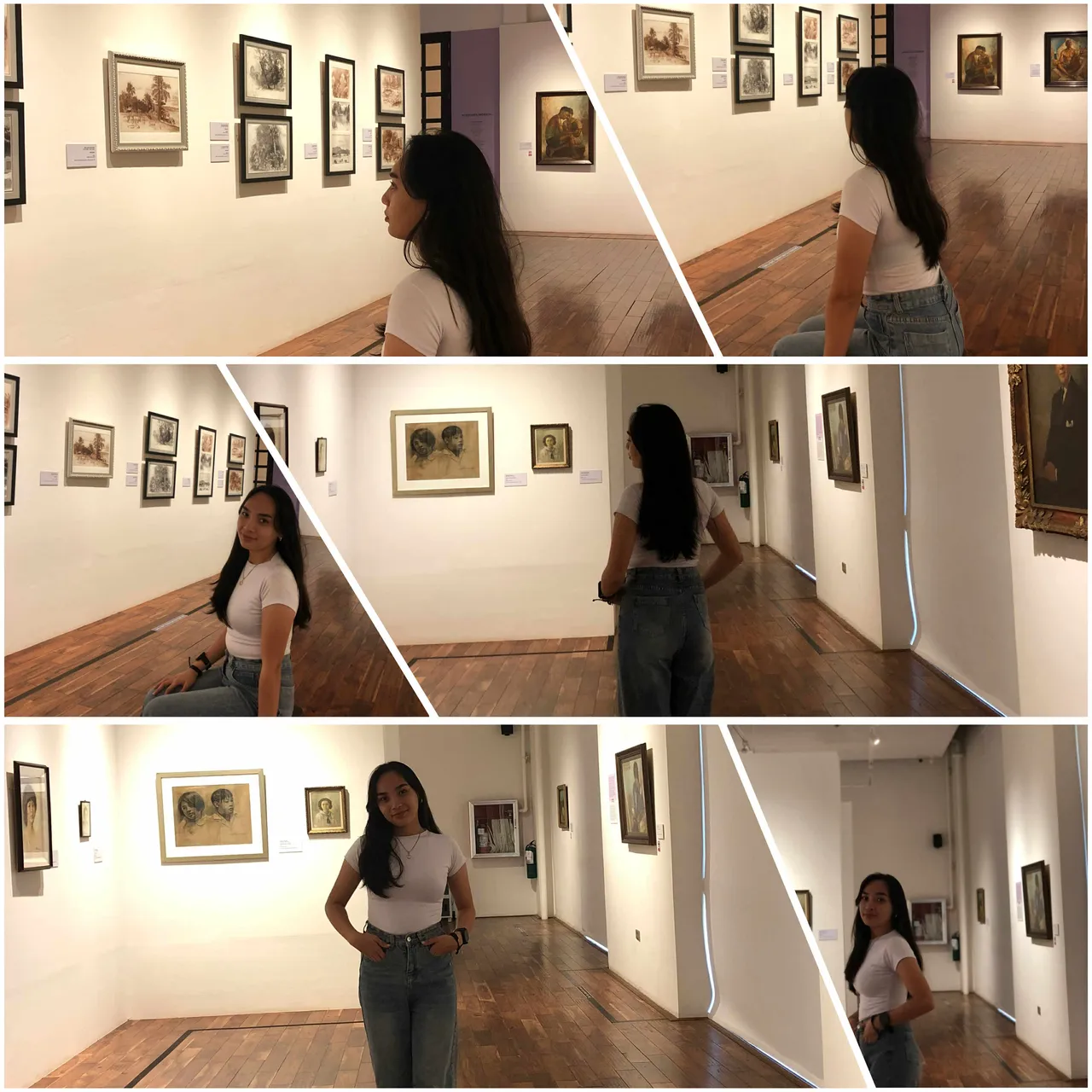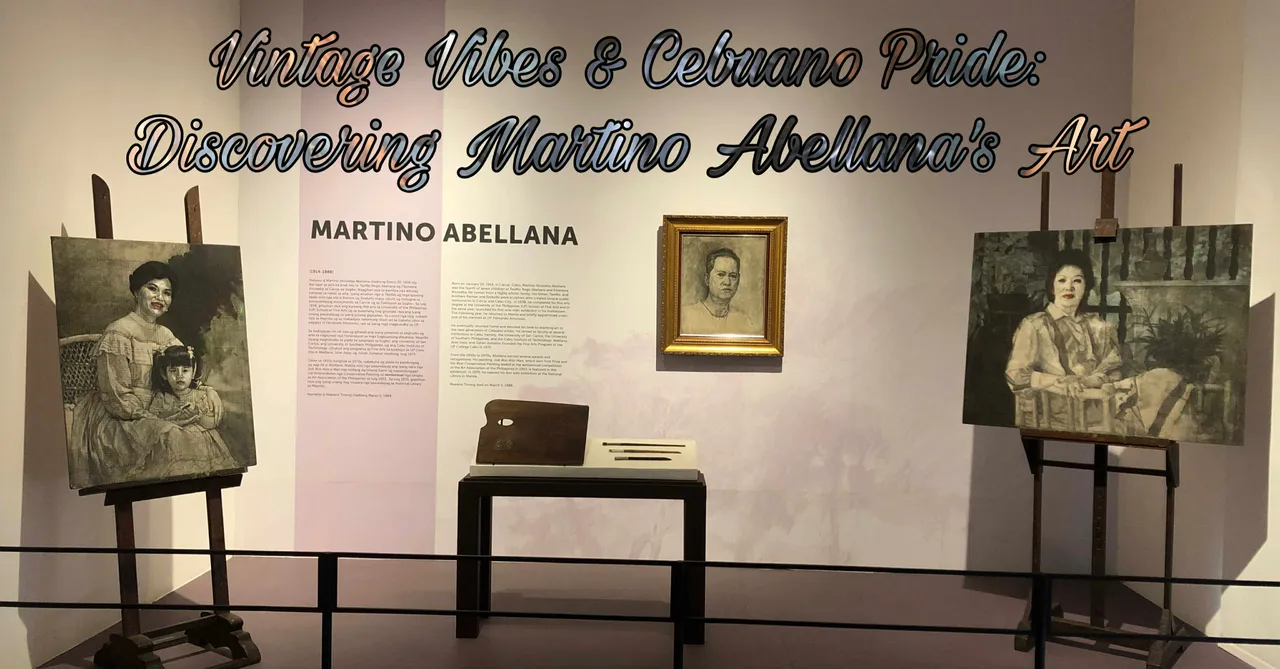
Have you ever wondered how an artist can capture the heart and soul of a place through brushstrokes? What happens when talent, tradition, and truth meet on a single canvas?
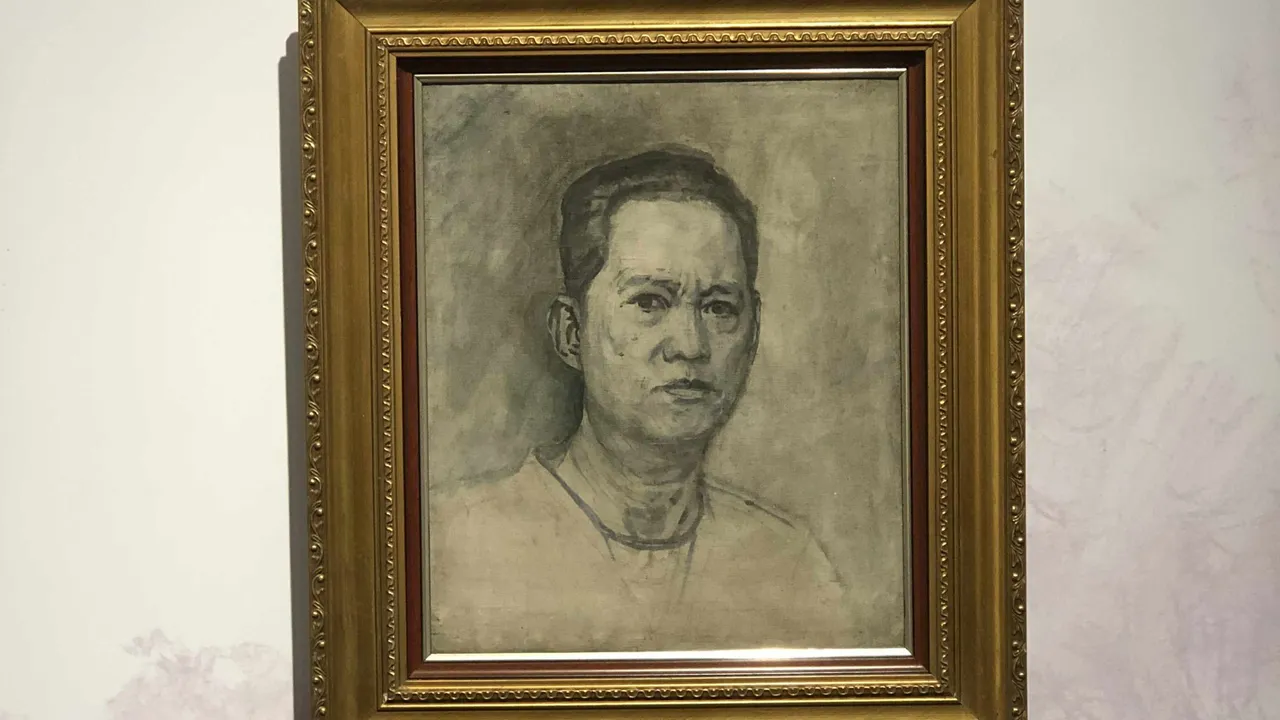
Martino Abellana, often called the “Dean of Cebuano Painters,” did exactly that. His works don’t just show scenes — they tell stories of everyday life, culture, and identity. How did a small-town boy from Carcar become a legend in Philippine art? And why do his paintings still resonate with emotion and meaning decades after his time? Let’s take a closer look at the man whose art continues to speak to generations.

Martino Abellana, born in 1914 in Carcar, Cebu, was a well-known artist who spent most of his life creating art in Cebu City.
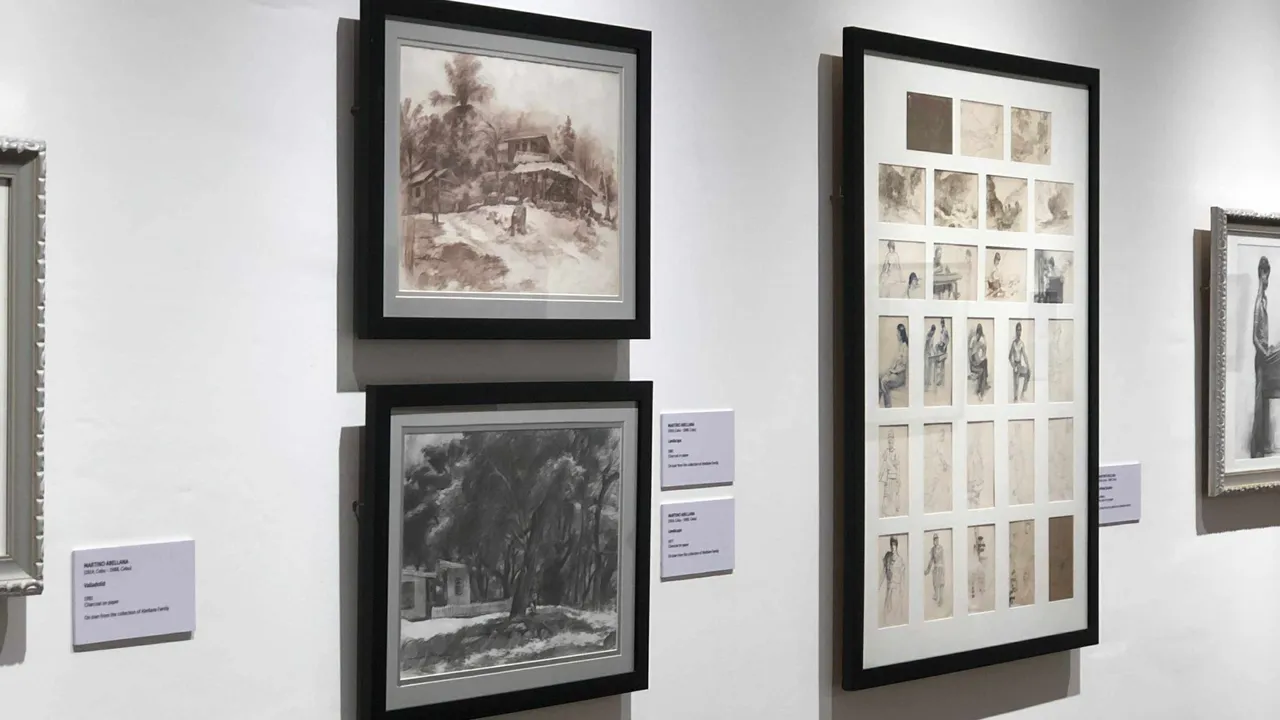
He used oil paints, pastels, and charcoal to create pieces that often reflected the struggles and lives of ordinary people. His work followed the styles of Sugbuanon Realism and Contemporary Bisaya Realism. Abellana was a student at the University of the Philippines Manila’s School of Fine Arts and was influenced by respected artists like Fernando Amorsolo and Guillermo Tolentino. He was also good friends with Professor Julian Jumalon. Today, some of his artworks are displayed at the Ateneo Art Gallery.
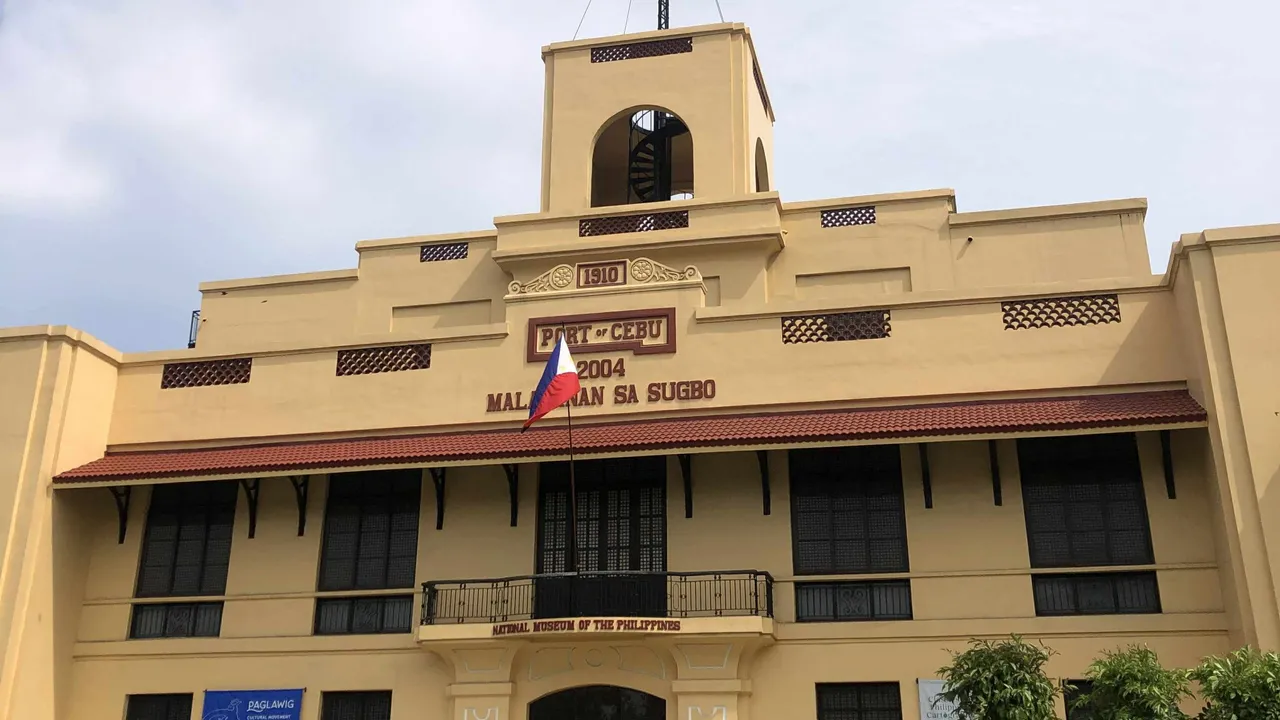
While walking around and looking at the different artworks, paintings, sculptures, and historical displays at the National Museum of the Philippines – Cebu, I found myself amazed by everything I saw.
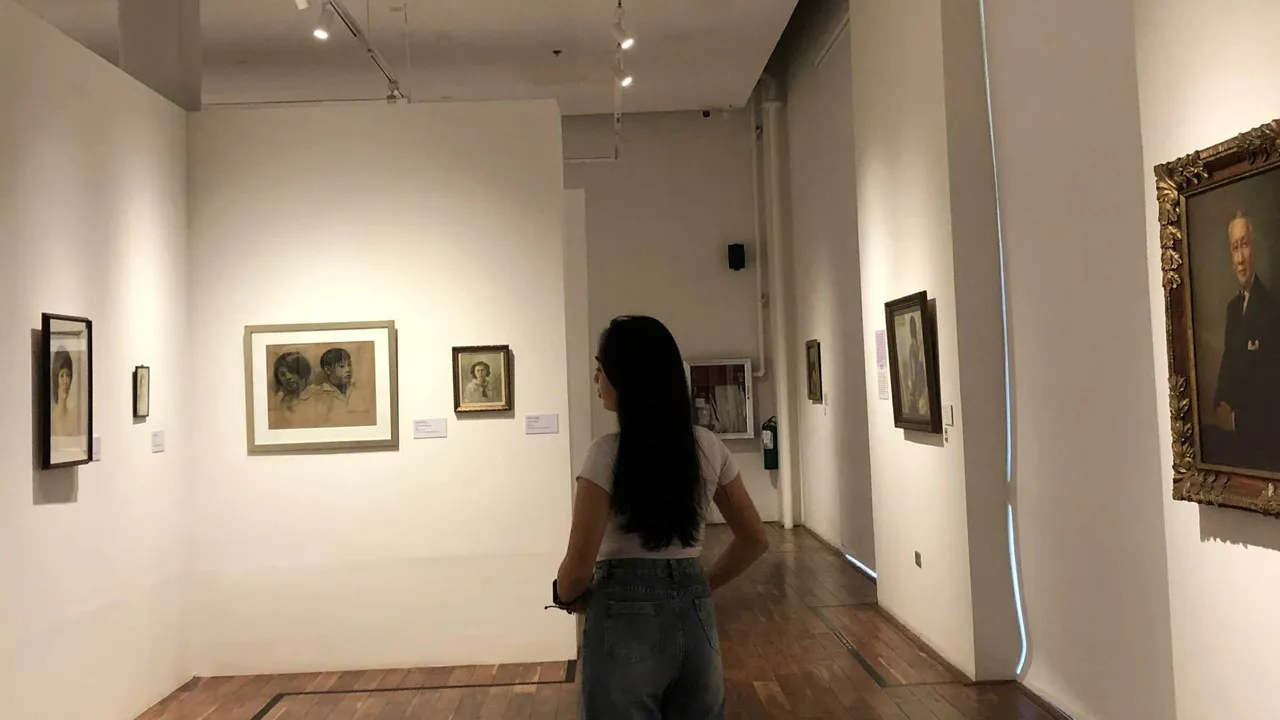
But one room stood out the most — the gallery filled with the works of Martino "Tinong" Abellana. The moment I stepped in, I was drawn to the vintage charm and peaceful beauty of the space. His artworks were not only pleasing to the eyes, but they also seemed to tell stories. Each painting had depth and emotion, making you stop and think. It felt like every brushstroke carried meaning, showing his love for art and his deep connection to life in Cebu.
Here are some of Martino Abellana’s artworks that I was able to take pictures of during my visit. I wish I could have captured more, but honestly, I was too busy admiring his art. Each piece was so beautiful and meaningful that I just wanted to take my time and enjoy them. His paintings made me feel calm, curious, and amazed all at once. Even though I didn’t take photos of everything, the ones I did manage to capture still show how talented and passionate he was as an artist.
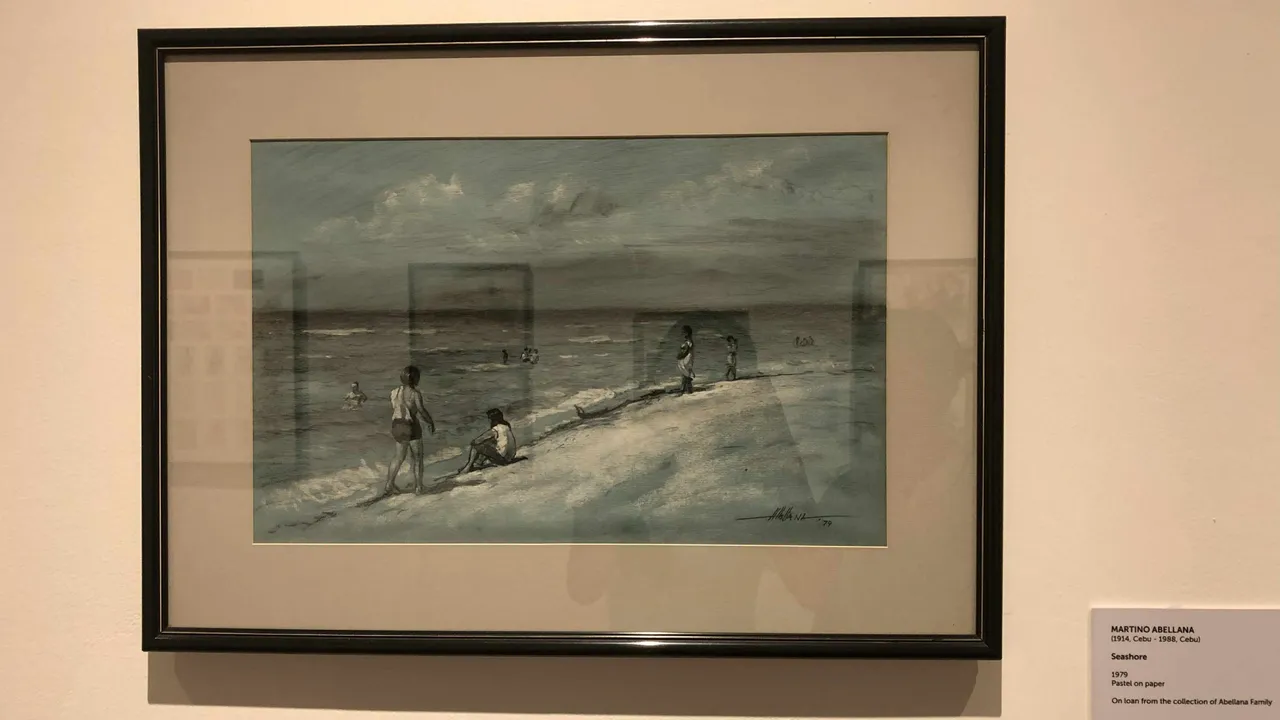
⬆️ ; 🖌 "Seashore (1979)" — Pastel on paper
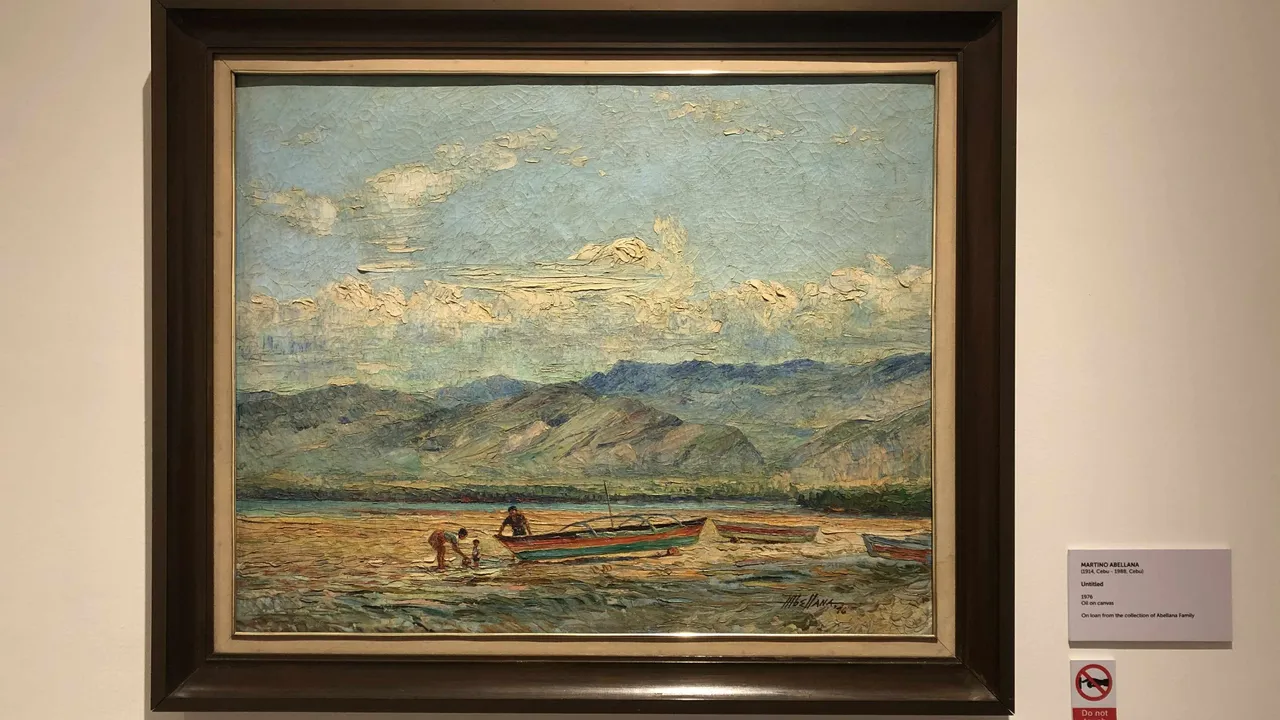
⬆️ ; 🖌 "Untitled (1976)" — Oil on Canvas
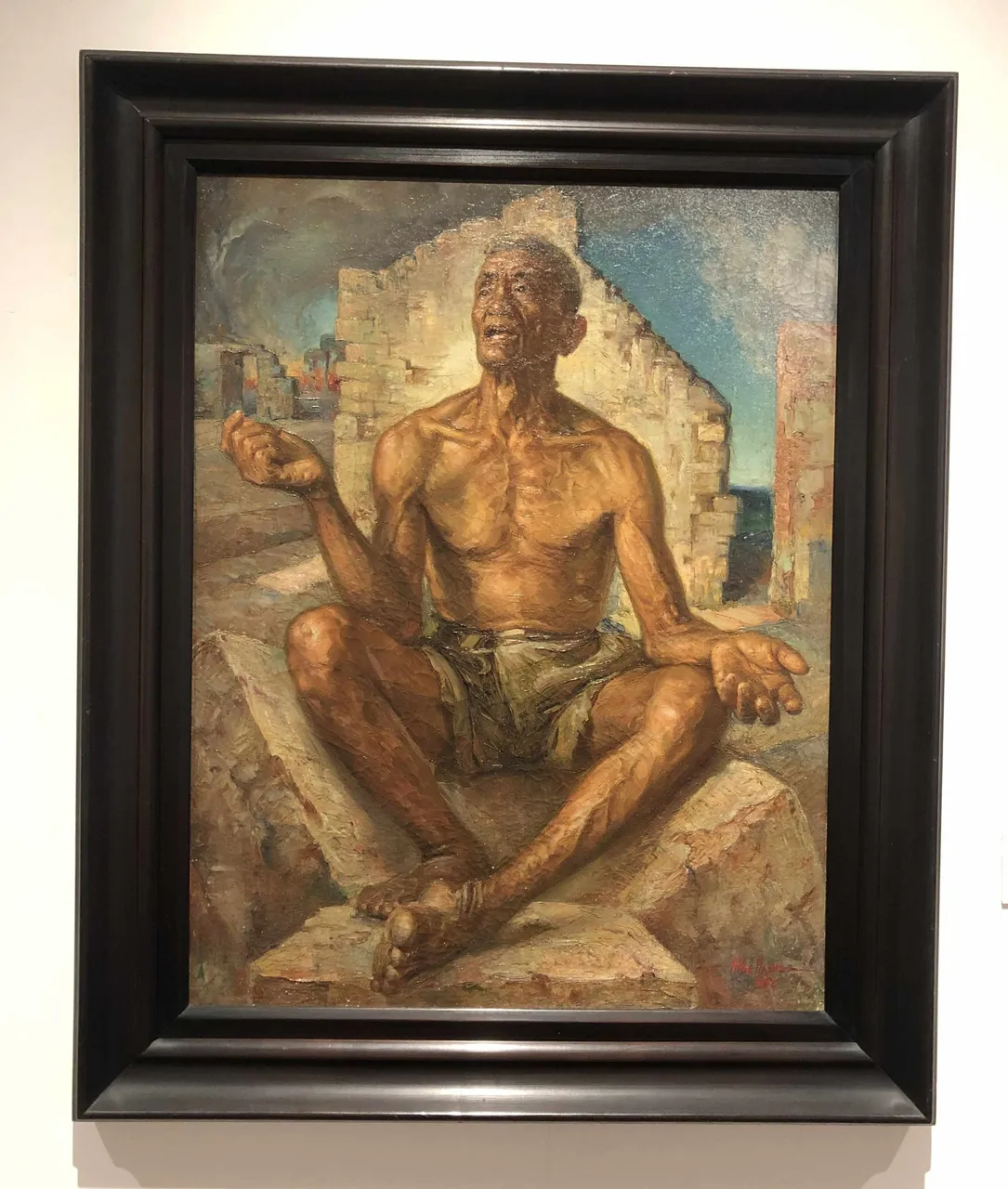
⬆️ ; 🖌 "Job Was Also Man (1953)" — Oil on Canvas

⬆️ (1st) ; 🖌 "Landscape (1981)" — Charcoal on paper
⬆️ (2nd) ; 🖌 "Landscape (1977)" — Charcoal on paper
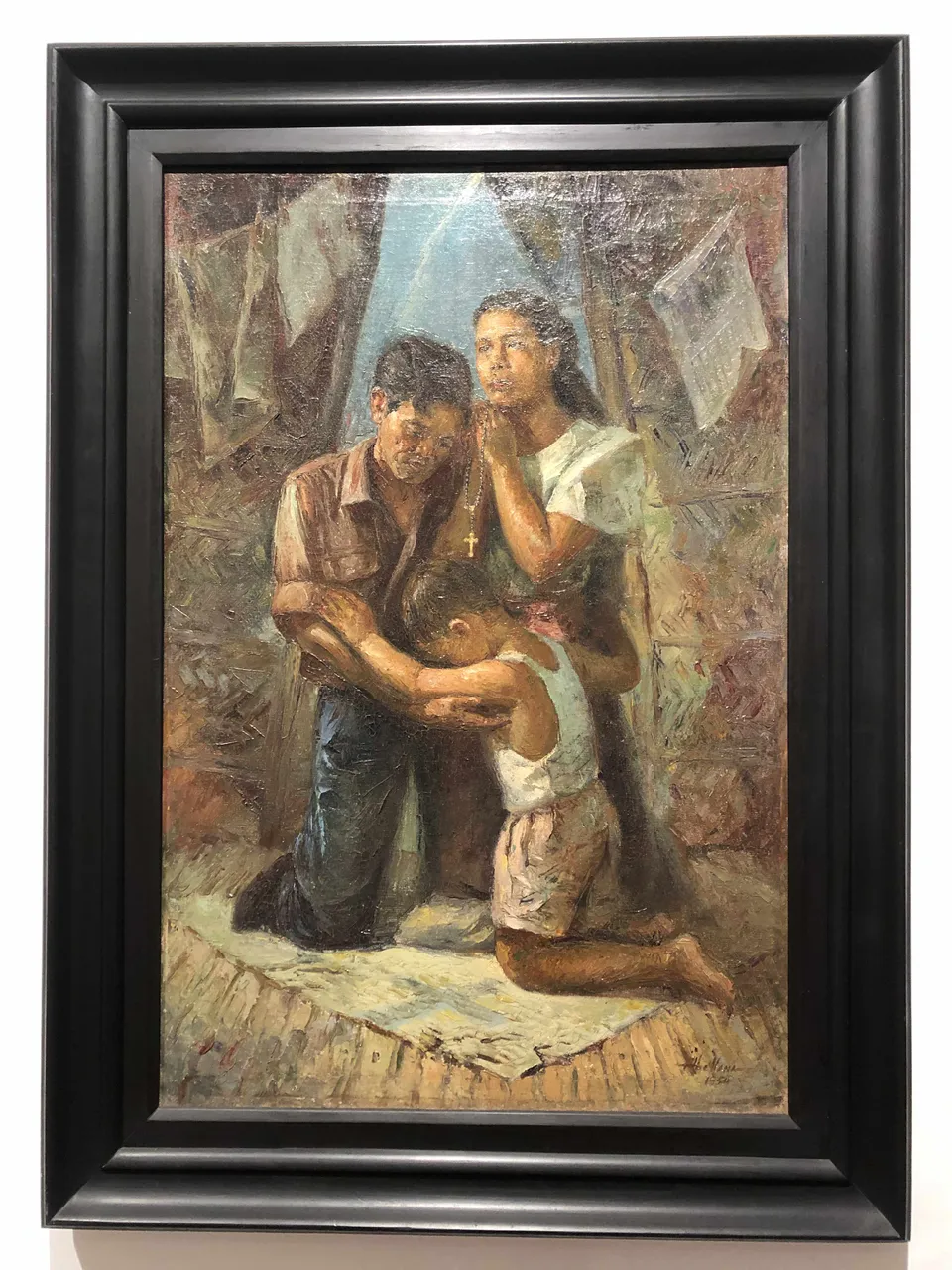
⬆️ ; 🖌 "Untitled (Family Praying) (1954)" — Oil on canvas
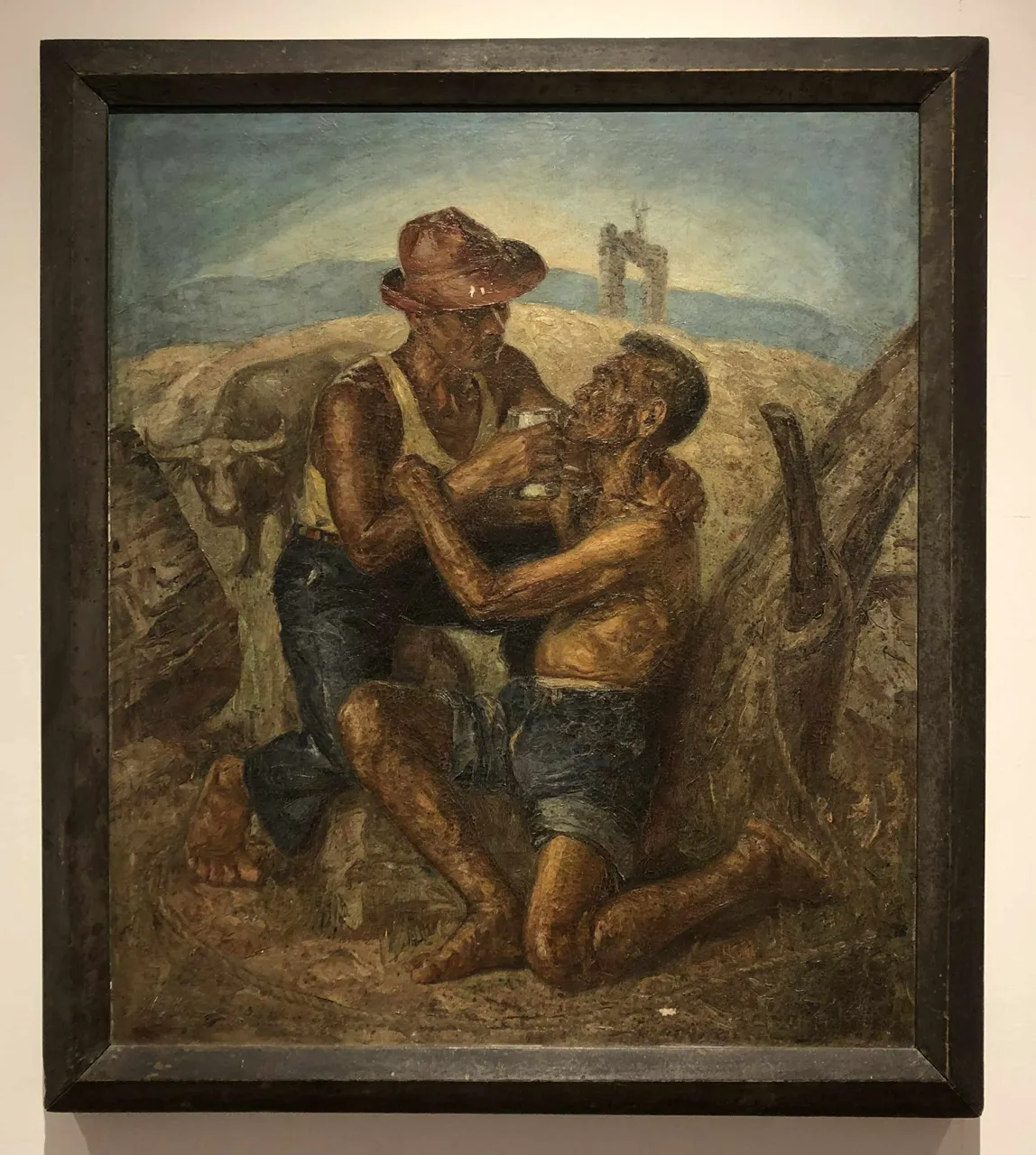
⬆️ ; 🖌 "The Good Samaritan (1955)" — Oil on canvas
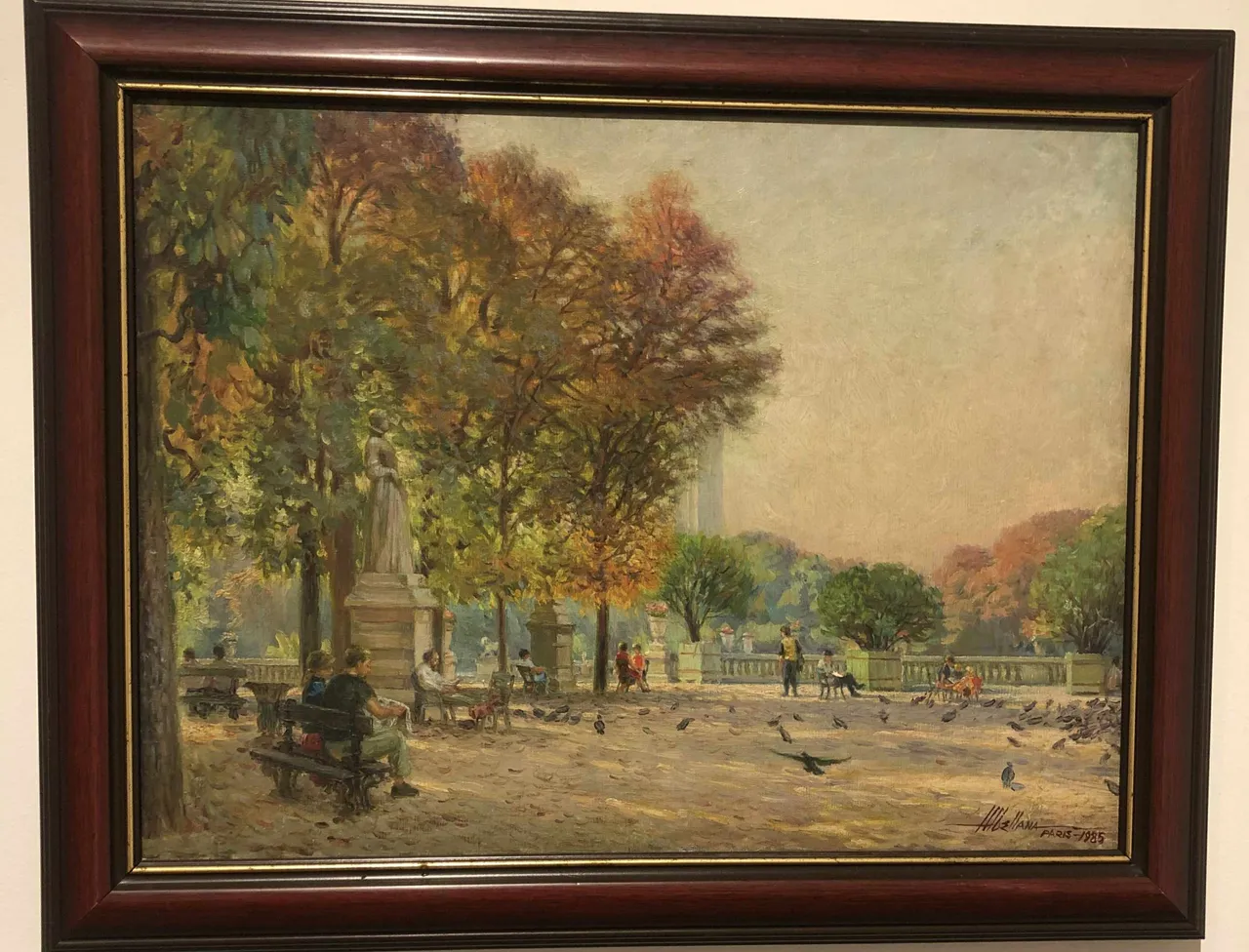
⬆️ ; 🖌 "Untitled (Paris) (1985)" — Oil on canvas
I feel so lucky that I got the chance to see Martino Abellana’s artworks in person, especially knowing that these are his original pieces. It’s not every day that you get to stand in front of paintings made by a true Filipino master. Seeing the colors, textures, and details up close made me appreciate his talent even more. His art felt alive — like each one had its own story to tell. It was a meaningful experience that I will always remember, and it made me even prouder to be part of a culture with such rich artistic history.
